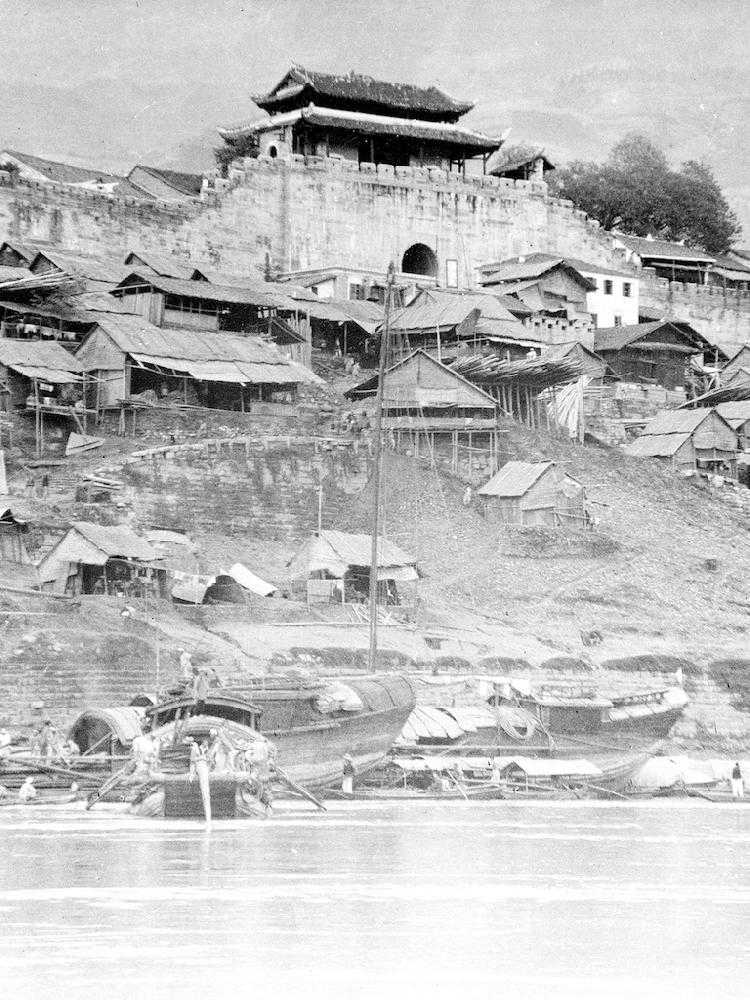By Rui Hu, EDITOR

Old gate and port in Chongqing by the riverside
In the 1930s and 1940s, chongqing was transformed into a city and the city gate was successively demolished eventually, only Tongyuan and Dongshui gates remained. Renhe gate, Taiping gate, and Nanji gate were found during 2012 – 2017. There are five gates remained till today.
Though some gates dispeared, the name of the gates kept, Chaotianmen, Qiansimen, and Linjiangmen are all named by the gates. Gates have significant impacts on the city’s history and memories. Here are some old photos on the gates in Chongqing, exposing some moments in the city's history.
Historical Background
The Treaty of Yantai was signed by China and Britain in 1891, and Chongqing became the commercial port since then. In 1892, Chaotianmen became the customs gate. The Qing government was defeated by Japan in the Sino-Japanese war. According to the Treaty of Shimonoseki signed in April of that year, Chongqing became the first inland trading port open to Japan. Chongqing was officially established in 1929 as a city under Sichuan province.

People's houses built on the mountain
Ancient Gates in Chongqing
Chongqing’s gates usually refer to the gates under walls around Yuzhong Peninsula in today’s downtown Chongqing. There are 9 open gates and 8 closed gates, 17 in total. There are also 10 ancient gates in Jiangbei and 4 in Futuguan.
In Qin Dynasty (316 B.C.), the minister Zhang Yi was firstly built the wall to resist the invasion to maintain Qin’s governing. Later in Ming Dynasty (1371), the government built the gates on walls, which also symbolized the 9 modes of ancient Chinese music and 8 diagrams.
Chaotianmen is the largest gate among all, located at the joint point of Yangtze and Jialing Rivers in Yuzhong peninsula, which has the good geographic location. There is a label “Ancient Chongqing’s Great Gate” and Chaotianmen’s wood carving on the gate, which also represents the important geographic role of Chaotianmen.

Ancient gate in Chongqing
Chongqing, located on the joint point of Yangtze and Jialing Rivers, for its unique geographic position with mountains and waterways, there are plenty of ports for transportation. There are 12 beautiful sceneries of Bayu and 5 of them related to ports. One of 12 beautiful sceneries of Bayu is Zishui Xiaodeng, which indicated the scene of the people live on boats and gates in Qing Dynasty. The scene of Zishui Xiaodeng is a showcase of people’s lifestyle in ancient time.

Local people's life in old time

Source: CQCB
By continuing to browse our site you agree to our use of cookies, revised Privacy Policy and Terms of Use. You can change your cookie settings through your browser.
For any inquiries, please email service@ichongqing.info